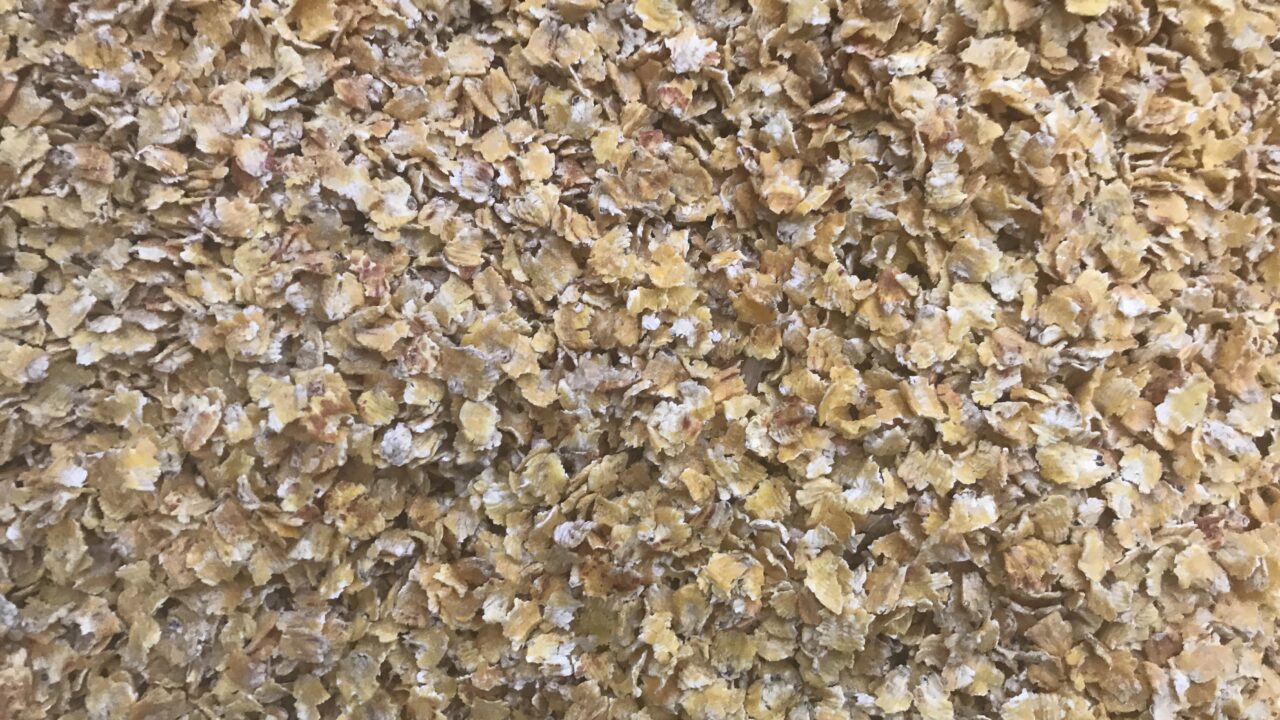The only certainty that market specialists manager Vikki Campbell could give viewers of the Grain Market Outlook conference held by the Agriculture and Horticulture Development Board (AHDB) is that there is volatility ahead.
From weather to politics to the big unknown – coronavirus – there are a number of factors affecting markets, which she noted, that if any one of these things happened alone it would cause volatility in the market.
Coronavirus, the US election, Brexit and the weather are all playing their part in grain market volatility at present.
La Nina
Vikki explained how a La Nina weather event is currently affecting planting in many areas.
“We know in a La Nina season we have drier weather across South America; drier weather across the Black Sea regions and wetter weather in Australia and these weather patterns and weather changes are going to have an impact on cropping potential.”
She noted that the effects of the weather event have already been seen in Argentina and wheat production for the country has already been forecast to reduce as there are concerns over planting at present due to dryness.
There are also concerns over planting in Brazil and the Black Sea Regions as dryness delays planting.
Vikki added that there is still time for planting and this is definitely a watch point.
In Australia, the weather event brings wet weather and this could increase yields, but may affect quality parameters like protein.
Wheat yields in Australia are currently forecast to increase by 91% from last year’s drought-hit crop, bringing production in the country to 28.5 million tonnes.
Coronavirus
Vikki noted that the big unknown is the effect of the coronavirus on demand and in turn on grain markets. At the time of the conference, the EU and the United States Department of Agriculture (USDA) forecast that demand would be largely back to “normal” levels in quarter four of the year.
However, coronavirus cases are currently rising in many parts and so there is a lot of uncertainty surrounding demand and she added that demand levels may not return to normal in the near future.
The graph below shows how UK barley usage dropped dramatically in March when the UK lockdown began. Usage began to recover in August.
There was also a reduction in demand for biofuels and US ethanol demand is still in question, according to the AHDB.
The latest outlook forecasting almost 130 million tonnes of US maize use for ethanol production was described as optimistic by the AHDB, as usage is not expected to be at pre-pandemic levels for some time.
If this is the case there may be a lot of corn on the market to compete with other grains on price.
From politics to weather events and coronavirus, there is a lot of uncertainty in grain markets at present.




